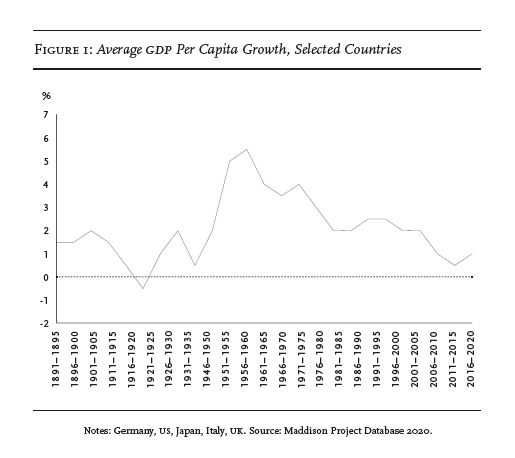
| political economy | social history of political theory | Kant |
Website: https://drqerqay.com/
X: https://x.com/drqerqay
Until then, check out my comprehensive examination on the conceptual framework of political capitalism:
textumdergi.net/siyasi-kapit...

Until then, check out my comprehensive examination on the conceptual framework of political capitalism:
textumdergi.net/siyasi-kapit...
Across every crisis the same recurs: profitability without production, power without growth.
The downturn is capitalism.
Across every crisis the same recurs: profitability without production, power without growth.
The downturn is capitalism.
📌Yet across the economy, profit now depends on state-backed credit.
📌A debt-saturated order where liquidity replaces accumulation.


📌Yet across the economy, profit now depends on state-backed credit.
📌A debt-saturated order where liquidity replaces accumulation.

📌States sustain the slowdown through bailouts, tax cuts, and credit expansion
📌Bubbleonomics becomes the onlygame.
📌Growth falters, profits survive

📌States sustain the slowdown through bailouts, tax cuts, and credit expansion
📌Bubbleonomics becomes the onlygame.
📌Growth falters, profits survive


📌Firms innovate to survive; innovation multiplies capacity and drives down prices.
📌Each cycle of recovery prepares the next contraction, everything turns circular, like an engine revving in neutral.
📌Firms innovate to survive; innovation multiplies capacity and drives down prices.
📌Each cycle of recovery prepares the next contraction, everything turns circular, like an engine revving in neutral.
📌To enter ownership, one must purchase cheaply — often on credit, indebted to the future.
📌To remain an owner, one must sell profitably in markets crowded with rivals.
📌Accumulation becomes a knife fight in a shrinking room.

📌To enter ownership, one must purchase cheaply — often on credit, indebted to the future.
📌To remain an owner, one must sell profitably in markets crowded with rivals.
📌Accumulation becomes a knife fight in a shrinking room.

In both Hansen and Summers' accounts secular stagnation remained descriptive and related to exogenous factors.
www.youtube.com/watch?v=xvmh...

In both Hansen and Summers' accounts secular stagnation remained descriptive and related to exogenous factors.
www.youtube.com/watch?v=xvmh...




